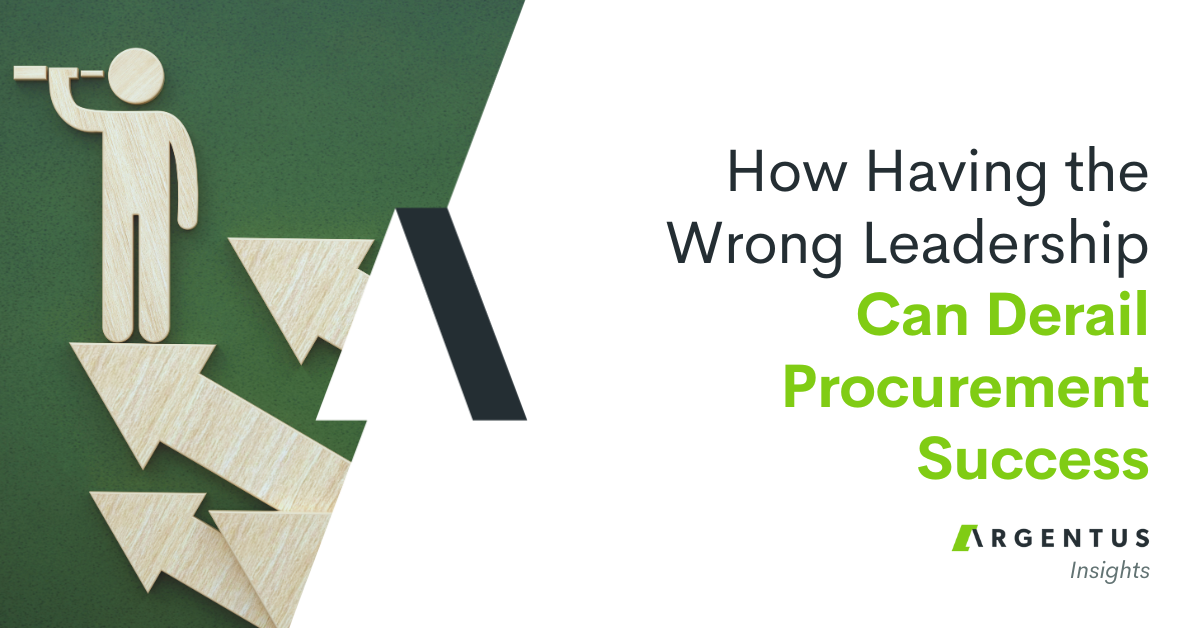Anyone who follows us on Twitter or LinkedIn has seen our recent personal branding tips. We’re all about offering advice to candidates in our network for how they can spruce up their resumes and social media profiles. It’s an opportunity to make contact with great candidates. And if reading a quick tip makes a candidate take a second look at their resume, well then it makes them look even stronger in the eyes of our clients if and when we present them. In other words, it’s good for all involved.
We recently Tweeted this career tip:
https://twitter.com/ArgentusTalent/status/375280403311239168
Sound, basic advice. But one of our Twitter followers rightly called us out for not providing specifics and examples.
First of all, let it be said that Twitter’s 140 character limit makes it hard to provide specifics and examples. But! This is a great opportunity to write a blog post that does. (You really should follow us on Twitter by the way if you don’t already).
So: the issue of gaps in employment history. It’s a thorny one, and one that comes up all the time in terms of the overall picture your resume provides. When a candidate is applying for a job, a large unexplained gap in their employment history is sometimes a showstopper, and why is that?
Resumes are all about optics. You want your resume and profile to have a narrative impact, beyond the words you use to explain the roles you’ve had.
It’s sometimes more about what your resume or social media profile implies than what it says explicitly. You want it to show career progression, and not stagnation. For example, if you’ve worked for one company for 15 years (something that is much less common than it used to be, but is still seen a lot), you want your resume to show how you’ve made your mark at that company. You want it to show increasing scope and responsibility. You don’t want to make it look like you’ve been complacent or that you lack ambition.
EXAMPLE: Your LinkedIn profile says that you’ve been working at Company X as a “Buyer” for 18 years. Chances are, you haven’t been doing the exact same thing that entire time (because how boring would that be?). Chances are, you just haven’t taken the time to fill out your LinkedIn profile and explain the progression that’s probably happened as a buyer within the organization. Have you been doing the same category the entire time? The same spend level? The same-sized supplier base? Have you been working with the same technology? I’m willing to bet not. If you fill in these details, your profile or resume gives the kind of explicit description that might put you into consideration for a position, but it also sends kind of implicit “I take my career seriously” message that actually lands jobs. You want to convey that you see yourself as being on a path — on a journey with a destination — not stuck in a rut.
In short, your resume shows who you are as a person. And just like that example, having long gaps in your work history sometimes gives employers the wrong impression about your abilities and ambitions. A long unexplained gap in your resume can imply that you’re not capable of landing a job. It can imply that you were “dishonorably discharged” from your previous job and didn’t know how to get back into a position. Worst of all, it can imply that you’re lazy, or that you don’t care about your career.
If none of these things are true, and I doubt they are, (otherwise you wouldn’t be reading this), you need to take a look at your resume and make sure any gaps are explained. Some people leave gaps on their resume and hope to be able to explain any gaps in their employment history in an interview. But that might prevent you from even getting to an interview stage. The takeaway is this:
It’s important to acknowledge gaps in employment up front, in a resume or on LinkedIn. It puts you in charge of your career’s narrative instead of letting a hiring manager’s imagination run wild.
So now we get to the examples:
- Say your company or department restructured or downsized somewhere along your career, or your position was moved to the U.S. and you lost your job. This often occurs during recessions when it’s really difficult to gain new employment. You can explain these gaps to employers by making sure to emphasize why it was that you were let go from your previous job. Indicate the restructuring or downsizing that took place. And if it lines up with a recession, this “tells the story” to employers better than just leaving a gap and hoping that they won’t notice before the interview stage.
- It’s important to keep it positive when talking about why you left your job before the gap. Explanations that scream: “I didn’t like my previous employer” don’t look good. Hiring managers might just ask why you didn’t wait to find a new job before quitting your old one, especially when it’s easier to find a new job when you’re already working.
- If you left a job voluntarily, don’t be afraid to mention why. For example, it’s perfectly acceptable to mention sabbaticals: the year you took off to travel the world, or to take care of a family situation. If there’s a purpose and intention to the gap, it’s much more acceptable to hiring managers than a generic gap that just makes it look like you didn’t do anything in the interim.
- Emphasize any activities you undertook during the gap to improve your professional standing. This is a huge one. Make sure to mention:
- Any certifications or courses you’ve done during the gap.
- Any consulting, freelance or contract work you’ve done. Consulting is a huge sign that you’ve taken your career in your hands. However, it’s not just enough to say you’re a consultant. New employers will want to know about what actual consulting work you did in the interim.
- Any other valuable experiences, for example volunteers or major personal projects.
- If you were in fact dismissed from a previous job for some individual reason, unfortunately there’s nothing to do except wait to explain it in an interview. Just make sure you have a good explanation to provide in the interview.
5. Final tip: Make sure to be honest.
Like I said above, it’s about what your resume implies as well as what it says explicitly. It’s about what your resume “shows” more than what it “tells.” If you explain gaps in your employment history on your resume or LinkedIn profile, it shows the hiring manager or recruiter that you see continuity in your career, that you’re focused on the long term, and most of all that you’re in charge of your destiny and able to proactively respond to challenges.
Interested in writing for us? We’re looking for guest bloggers! Email swhite@argentus.com to get in touch. And further to that, if you’re looking for any assistance with contract or direct hire placements, use one of the following methods to contact us.
GET CONNECTED:
1. Send an email to recruit@argentus.com and please make sure to include a resume and make sure to let me know where I can reach you.
2. Check out my personal website: Recruiter’s Website. It includes contact info for how you can get a hold of me to apply or refer a candidate or just chat further about this or other positions.
3. Visit me on LinkedIn and connect: We‘re always looking to add to our network of great candidates on LinkedIn. Connect with us to stay up-to-date with the hottest opportunities in Supply Chain and Procurement. Even though we each have our specialty focus, we’re a completely integrated team with a shared network of passive candidates and exciting, career-making roles.
4. Follow us on Twitter: @ArgentusTalent: Follow us for up-to-the minute Hot Jobs, career and resume tips, and Supply Chain and Procurement news.
5. Reach out to your network for referrals: There’s a saying in the recruitment business: Every great candidate knows 5 more great candidates. So you might not be actively looking, or this job might not be perfect for you, but you probably know someone who would be a great fit for this position or one of our jobs. If you put us in touch with someone who we end up placing in a permanent position, you can earn up to $1500.



0 Comments